Ancient Egypt
How a local explorer helped us to understand more about daily life and beliefs in Ancient Egypt
Around 6000 BC, people began to settle around the area now known as Egypt. The River Nile provided arable soil for farming due to regular flooding, as well as food such as fish and resources due to good transport links.
The first Pharaoh (king) ruled Egypt around 3100 BC, beginning a civilisation which would last more than 3000 years. This can be broken up into different periods:
- Early Dynastic Period (3100 to 2575 BC) - First use of hieroglyphic script
- Old Kingdom (2575 to 2150 BC) - Known to us as the Age of the Pyramids
- First Intermediate Period (2130 to 1938 BC)
- Middle Kingdom (1938 to 1630 BC) - A cultural transformation of art and entertainment
- Second Intermediate Period (1630 to 1540 BC)
- New Kingdom (1540 to 1075 BC) - Tutankhamun reigned for 10 years during this period
- Third Intermediate Period (1075 to 656 BC) - A time of drought and famine
- Late Period (656 to 332 BC) - Invaders took control of Egypt, under King Darius I
- Macedonian and Ptolemaic Egypt (332 - 30 BC) - Alexander the Great conquered Egypt, before the Romans took over in BC 30.
Local links
Amelia Oldroyd was the daughter of a Batley mill-owning family, and member of the Egypt Exploration Fund. Many of the objects in the collection were originally collected during excavations by the Egypt Exploration Fund, and went to Ripon and Dewsbury Museums first, before finding their home at Bagshaw Museum. The objects help us to understand more about the daily life and beliefs of the ancient Egyptians.
What to expect in the box
These were designed to be placed in a tomb, taking the form of a mummified person.
They could be made from wood and clay, or most commonly faience (a type of ceramic).
Ancient Egyptians believed that the ushabtis would come to life in the afterlife, and perform tasks for the deceased. They would usually be inscribed with a spell from the Book of the Dead to help them come to life.
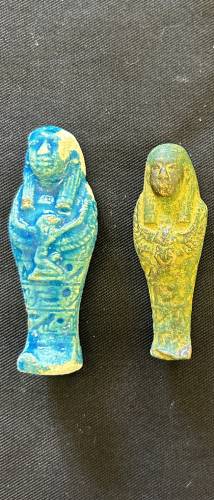
Myrrh was a sacred herbal substance in Ancient Egypt, used as perfume, medicine and as offerings to the Gods.
It comes from trees native to east Africa, so Ancient Egyptian's imported it from the area around Somalia.
Myrrh was used in mummification, used to purify the body.
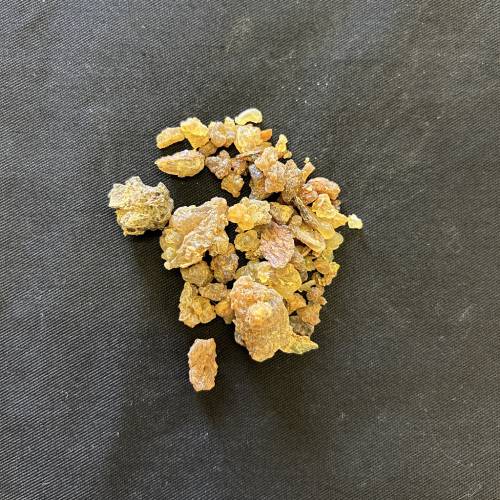
Made from the pith of the papyrus plant, that grew along the banks of the River Nile, it was used as a writing surface for Ancient Egyptians.
They also used it for making reed boats, mats, rope and baskets.
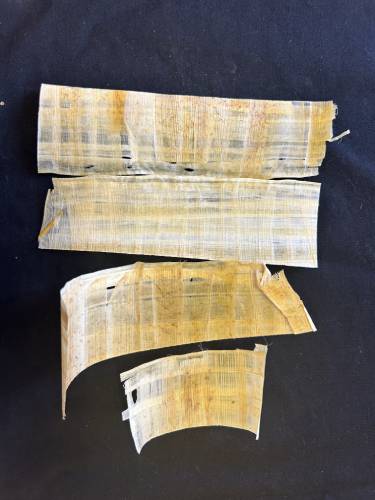
This scene, on papyrus, depicts King Tutankhamun with Queen Ankhesenamun. It shows a royal hunting scene.
The Nile provided many wild birds for hunting, and Ancient Egyptians used tools such as spears and arrows.
The Queen picks from a lotus plant, whose shape is said to represent the country of Egypt.
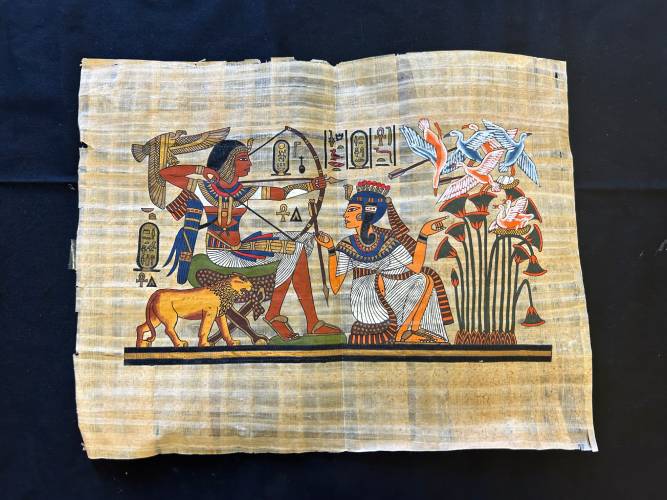
Canopic jars were made to contain the organs that were removed from the body in the process of mummification: the lungs, liver, intestines, and stomach.
Each organ was protected by one of the Four Sons of Horus: Hapy (lungs), Imsety (liver), Duamutef (stomach), and Qebehsenuef (intestines).
Beginning in the New Kingdom, canopic jar lidswere usually carved with heads that identify these four protectors: the baboon head is Hapy, the human head is Imsety, the jackal head is Duamutef, and the falcon head is Qebehsenuef
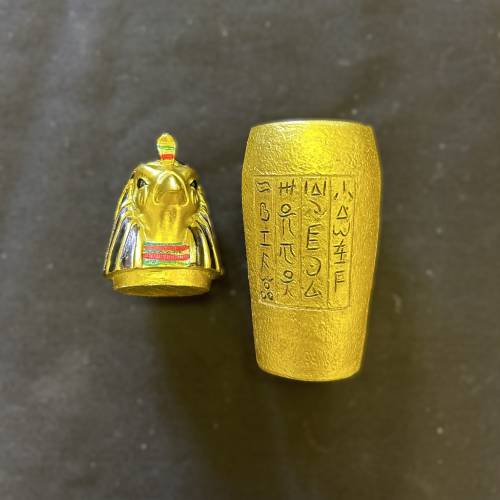
The Scarab beetle was associated with the god Khepri, who represented the rising sun and creation.
They were used as amulets, to symbolise protection and good fortune. They helped to ensure the deceased's safe passage to the afterlife.
They would be placed over the heart, and wrapped in bandages, to show the importance of the heart in the afterlife.
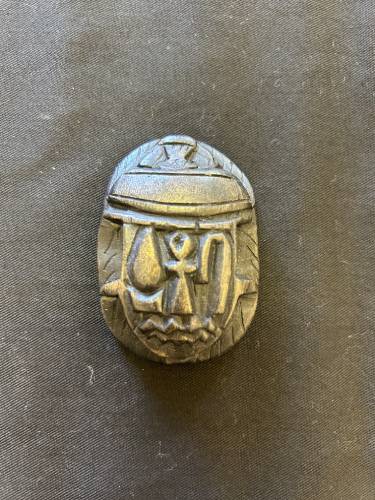
This amulet mixes the body of a scarab beetle with the wings of a bird.
These were very popular amulets found in tombs as they were meant to guarantee the rebirth of the deceased.
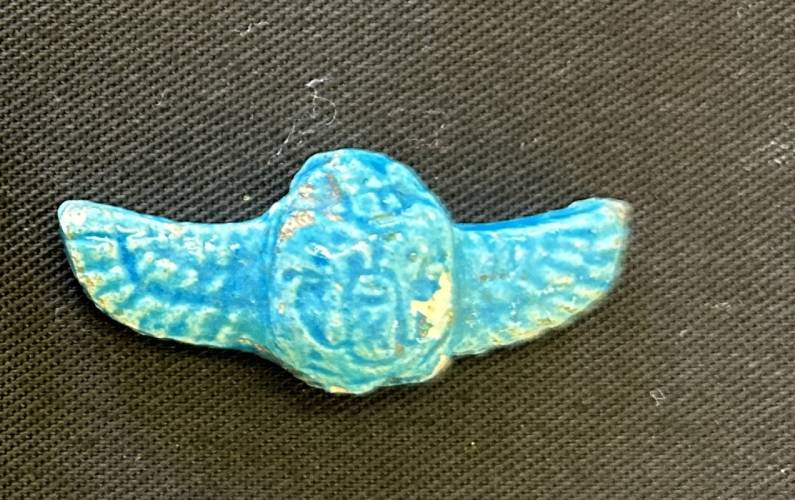
The sarcophagus was used to bury leaders and wealthy residents in Ancient Egypt. The coffin would be placed inside the sarcophagus, and then be placed inside a tomb. It would not be buried, and would be placed above ground.
The tomb would house the burial chamber, which would often be elaborately decorated with paintings on the wall depicting the afterlife.
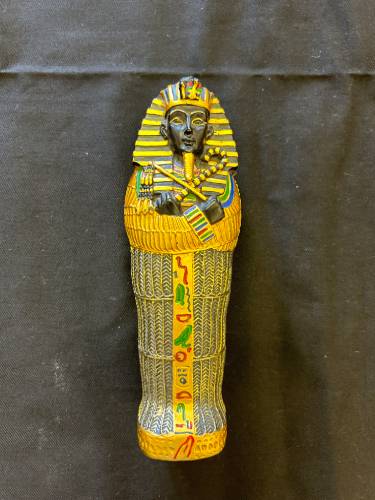
Anubis was the deityn (god) of funerary practices and care of the dead, represented by a jackal.
He was reputed to be the inventor of embalming.
Figurines and shrines were often placed in tombs as he was seen as the protector of graves.
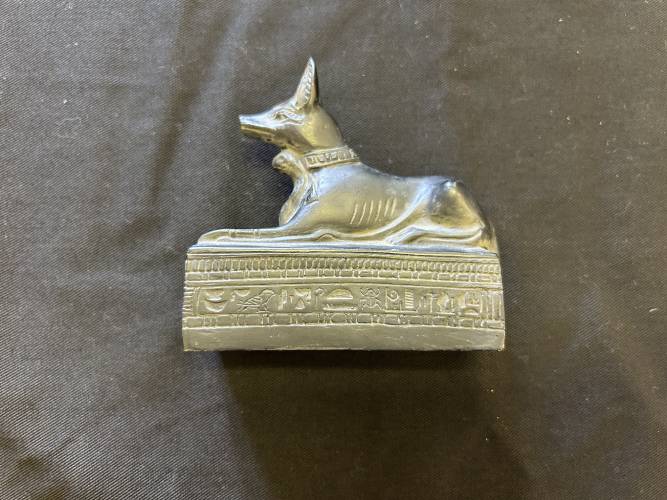
Flint arrowheads are known to have been used in warfare and hunting in ancient Egypt up until the Late Period (c. 600 BC).
They were made from flint, which proved better than metal arrowheads in being lighter and sharper.
Flint is a type of sedimentary rock.
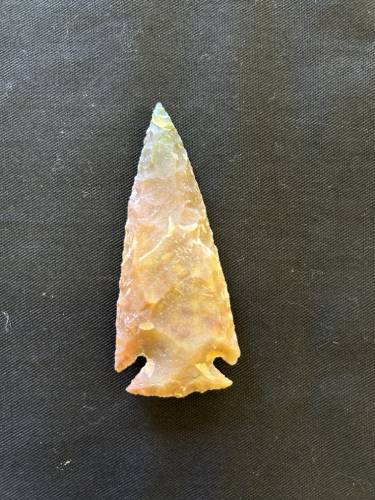
To the ancient Egyptians, Horus was one of the most important deities. He was commonly depicted as a falcon-headed god with a double crown.
In the early stages of the ancient Egyptian religion, Horus was believed to be the god of war and the sky. Later, he was seen as the son of Osiris and Isis.
It is believed that Horus' eye was damaged in battle, broken into six pieces. They represent the senses: including thought as a sense.
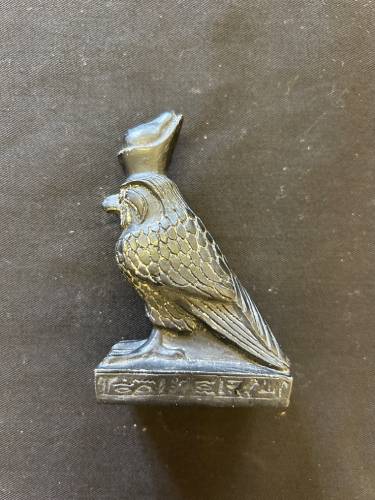
Flint knives have been used by humans since the Stone Age and have been found in archaeological sites dating back over 800,000 years. They would be used for cooking, cutting wood, and hunting.
Flint knives were used by ancient Egyptians for cutting meat, preparing animal skins for leather, and scraping things. They would also be used in mummification, and used to open the abdomen of the dead and remove their internal organs before mummification.
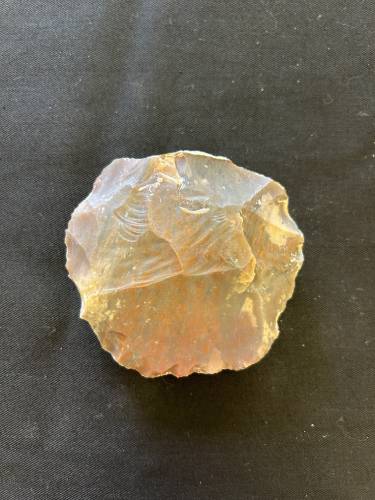
Fishing was very important in Ancient Egypt, as the Nile provided a variety of fish species.
Fishing would be done with a line, or a net, and was not only a food activity, but was a leisure activity as well.
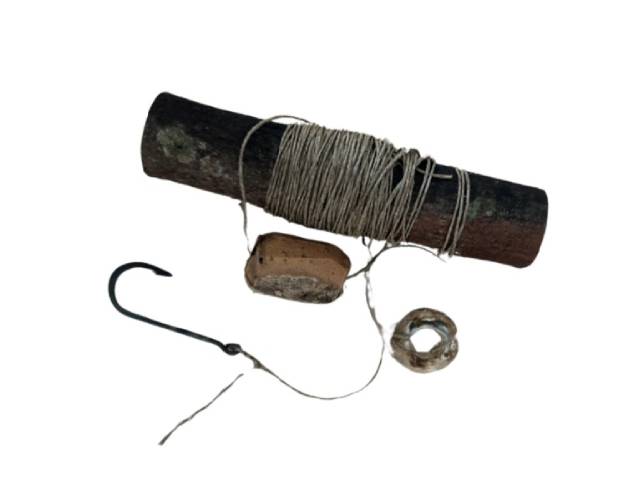
An amphora is made from pottery and would be used as a storage jar.
They were primarily designed to transport agricultural produce over long distances, particularly by sea.
They came in many shapes and sizes however most commonly they were large and cylindrical.

A stela is an upright monument which contained information, usually through texts and images.
They were used to commemorate people or events. Therefore, they were often used as markers for tombs.
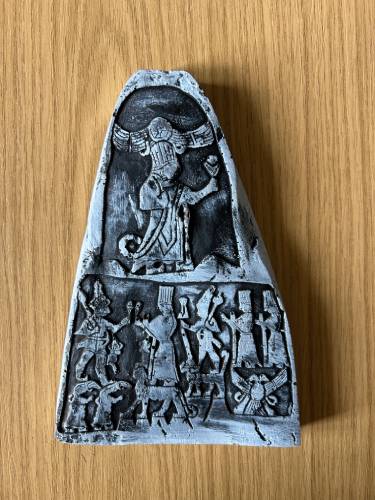
Oil lamps were used by ancient Egyptians to light tombs, homes and temples.
Early lamps were open dishes. However, to avoid the spillage of oil, the lamps began to be made in the form of closed containers. They had a hole for a wick,and a place to pour the oil. The lamps might be elaborately decorated.
Animal fats and vegetable oils were used.
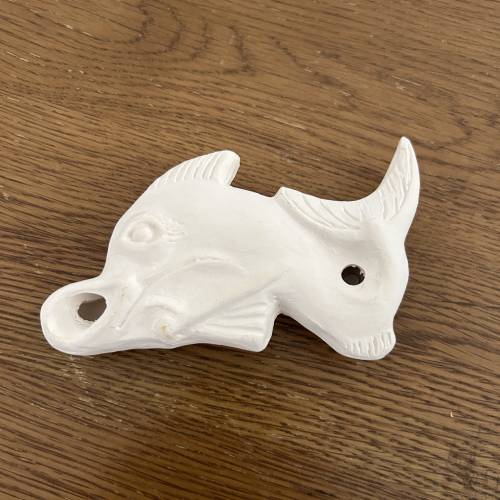
The Ankh was a symbol used widely in ancient Egypt. It is the hieroglyphic symbol for life, symbolising life on Earth and the afterlife.
It was seen as a key that could be used to unlock the gates to immortality, therefore it was often present in tombs.
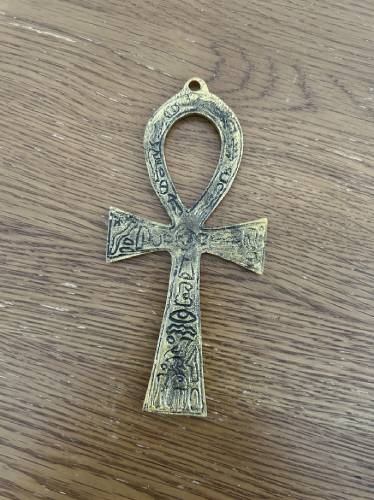
Explore the following themes using the objects
- Technology
- Beliefs
- Art
- Daily life
- Innovation
- Rich and poor




